
Venini
Puzzle Gray/Red Vase by Ettore Sottsass
2.090 EUR
Ships in 8-9 weeks

Ettore Sottsass, renowned Italian architect and designer, brought bold colors and an innovative contemporary style to everyday items, creating iconic postmodern furniture pieces. Explore a selection of decorative objects he designed for Bitossi Ceramiche and Ceramica Gatti as well as statement pieces that shaped the history of the Memphis Movement in Milan.
Ettore Sottsass was an architect and industrial designer born in the city of Innsbruck, Austria in 1917. He was and continues to be one of the most influential and important figures of the 20th century design scene.
Exposed to the world of architecture since a young age, due to his father himself being an architect, he grew up in Turin where he graduated from the Polytechnic University in 1939 before serving in the military during World War II and spending several years in a labor camp in Yugoslavia. After returning home, he worked in his father’s studio renovating buildings that were destroyed during the war, before deciding to find his own practice in Milan to focus on working with different means such as ceramics, painting and interior design.
In Milan, he immersed himself in the vibrant cultural landscape that characterizes the city, attending the literary salon that would allow him to meet with the most illustrious architects and designers of his time. This is where he met, and later married, writer and translator Fernanda Pivano. She introduced him to the literary society of the city and to many writers and artists that would later influence his work beyond his initialapproach to industrial design.
During his early years, he was first a member of the International Movement for an Imaginist Bauhaus and later moved briefly to New York City to work with industrial designer and modernist George Nelson. He was then commissioned an exhibition of ceramic worksby entrepreneur Irving Richards, a project he had been pursuing since the beginning of his career that quickly launched him into international recognition for his originality and creativity.
His breakthrough came when Adriano Olivetti hired him as a design consultant in 1958 for his company Olivetti, the most important typewriter and computer manufacturer in Italy, renowned for its incredibly advanced design. For them, he designedseveral different typewriters, office equipment and furniture. In particular, he developed the first Italian mainframe computer that won him the prestigious Compasso d’Oro prize in 1959. His style began developing more clearly during his time at Olivetti bringing bold colors, form and styling to office equipment, pushing the boundaries between industrial design and pop culture. Moving from his first functional and sober typewriters to the Valentine in 1969, an accessory that became a fashion statement in the Italian society, thanks to which he gained fame and recognition as an innovative and disruptive product designer, not afraid to break the schemes and go beyond functionality and form.

Venini
2.090 EUR
Ships in 8-9 weeks

Memphis
5.390 EUR
Ships in 1-2 weeks

Bitossi Ceramiche
990 EUR
Ships in 1-2 weeks

Glas Italia
10.935 EUR
Ships in 2-3 weeks

Memphis
1.280 EUR
Ships in 1-2 weeks

Glas Italia
2.015 EUR
Ships in 2-3 weeks

Memphis
3.790 EUR
Ships in 1-2 weeks

Bitossi Ceramiche
585 EUR
Ships in 1-2 weeks

Glas Italia
1.825 EUR
Ships in 2-3 weeks

Glas Italia
5.245 EUR
Ships in 2-3 weeks

Memphis
2.850 EUR
Ships in 1-2 weeks

Serafino Zani
1.880 EUR
Ships in 1-2 weeks
In the 1960s and 1970s, Sottsass traveled extensively through India and the United States in search of new inspiration while still working for Olivetti. The experience abroad deeply influenced his new line of work, resulting in more sculptural pieces such as large altar-like ceramics and some more abstract concepts, like his radical sculptural gestures named “Superboxes”, intended as a critique of the product in a consumer context. These playful, bold and colorful designs were driven by his early rejection of consumerism and its detrimental effects, foreshadowing the creation of the Memphis Movement a decade later. He dived deeper in this experimental phase by collaborating with the younger generation of designers that was starting to come out in the Milanese design scene, such as Archizoom Associati, the Radical movement and Superstudio.
As Adriano Olivetti resigned and passed along the company to his older son Roberto, Sottsass was proposed the position of artistic director; he refused and instead chose to create the Studio Olivetti, an independent center of design that instantly became a landmark for innovative approaches to strategic research and industrial design.
The first period of his activity consolidated his vision of design as a mean of social criticism, where design is to be used as a way to discuss life, society and even politics. His ideas led him to consider the possibilities of building figurative utopias and metaphors of life with his practice, detaching his process from the simple creation of an object and elevating it to a form of expression representative of life itself, that must not be separated from current events and human consciousness but instead must draw inspiration from them. His adherence to the Radical Design movement is the culmination of this process, resulting in his iconic Seggiolina da pranzo and Svicolo floor lamp, pieces both tied to the alchemy of the materials that favored decoration over the simple form.
In 1972, he was chosen to represent Italian design by Emilio Ambasz at the majestic MoMA exhibition “Italy. The new domestic landscapes”. This experience was followed by a number of solo shows in the design capitals of the world such as New York and Berlin. His prototype “Micro Environment”, a system of plastic containers for home furnishings, allowed the construction of a home environment in a modular fashion, completely adaptable and customizable to the needs of the homeowners.
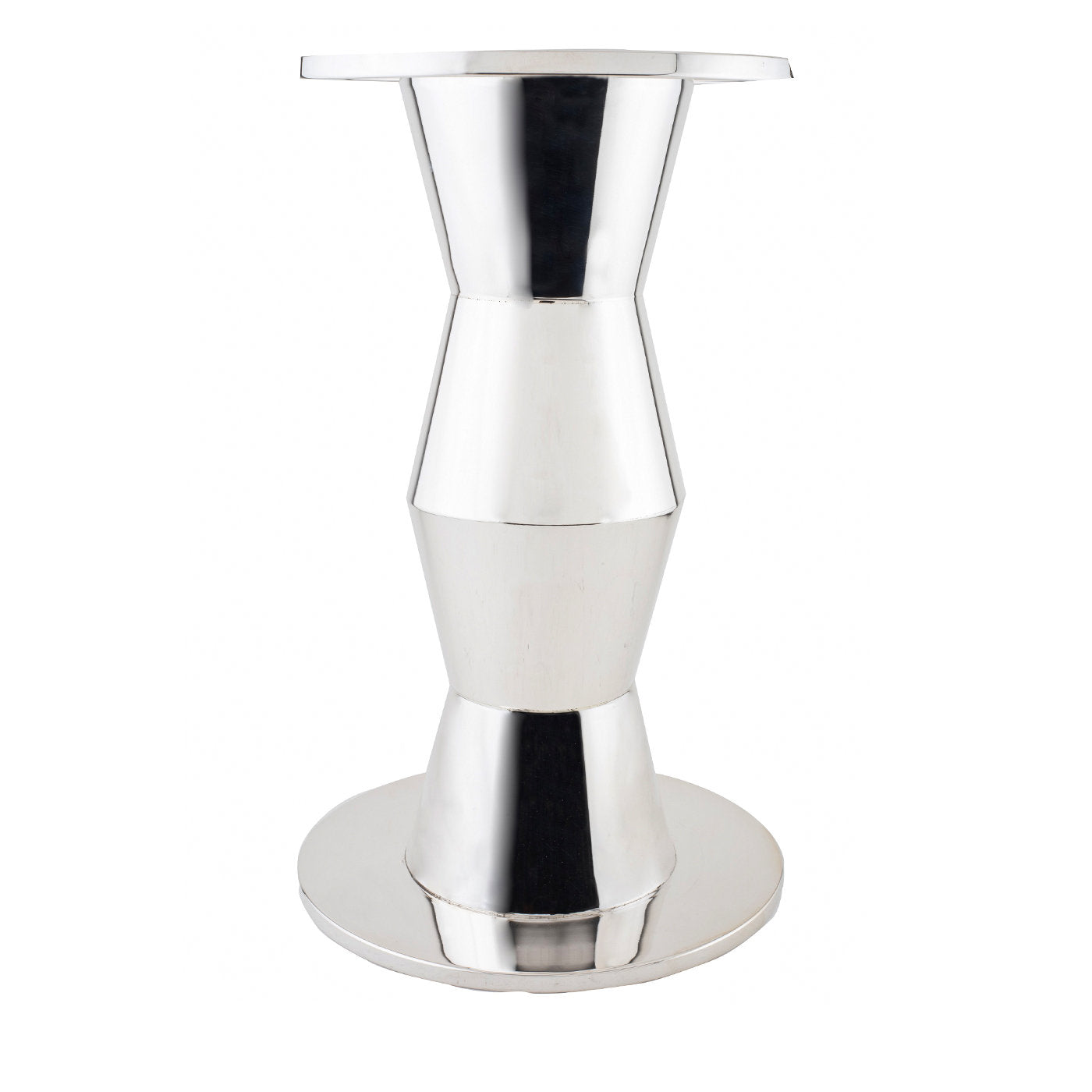
Braganti
6.000 EUR
Ships in 8-9 weeks

Bitossi Ceramiche
750 EUR
Ships in 1-2 weeks

Glas Italia
12.080 EUR
Ships in 2-3 weeks

Memphis
2.380 EUR
Ships in 1-2 weeks

Memphis
4.780 EUR
Ships in 1-2 weeks

Memphis
2.590 EUR
Ships in 1-2 weeks

Memphis
17.480 EUR
Ships in 13-14 weeks

Serafino Zani
1.265 EUR
Ships in 1 week

Memphis
5.890 EUR
Ships in 1-2 weeks

Glas Italia
1.825 EUR
Ships in 2-3 weeks

Memphis
3.550 EUR
Ships in 1-2 weeks
After his experience at Olivetti, in the early 1980s, Sottsass founded the Memphis Milano movement with a group of young Milanese architects and designers, driven by the dissatisfaction caused by previous design movements. Milan was increasingly becoming the center stage of the design world and the city’s cultural relevance motivated the creative community to challenge the prevailing norms in every aspect of daily life. Alongside Ettore Sottsass, Alessandro Mendini, Michele De Lucchi, Aldo Cibic, Natalie du Pasquier, George Sowden and many more were soon joined by famous international postmodern designers and architects that together radically changed the scenario of Italian and world design.
Using asymmetrical shapes, bold and abstract decoration and the complete detachment from the early Functionalism and Rationalism led Memphis to be described as a “shotgun wedding between Bauhaus and Fisher-Price”, that is to say a combination of unusual and disruptive approach to design and the playful attitude of children’s games. Other influences include Art Deco, Futurism and Pop Art, and the idea that design should be a symbolic, emotive and ritual practice. The brand later founded the Post Design Gallery, established in 1997 in Milan, to collect the original pieces designed by the household’s names as well as less-known personalities, in order to give visibility to young and emerging designers that wished to adopt Memphis’ aesthetics in their work.
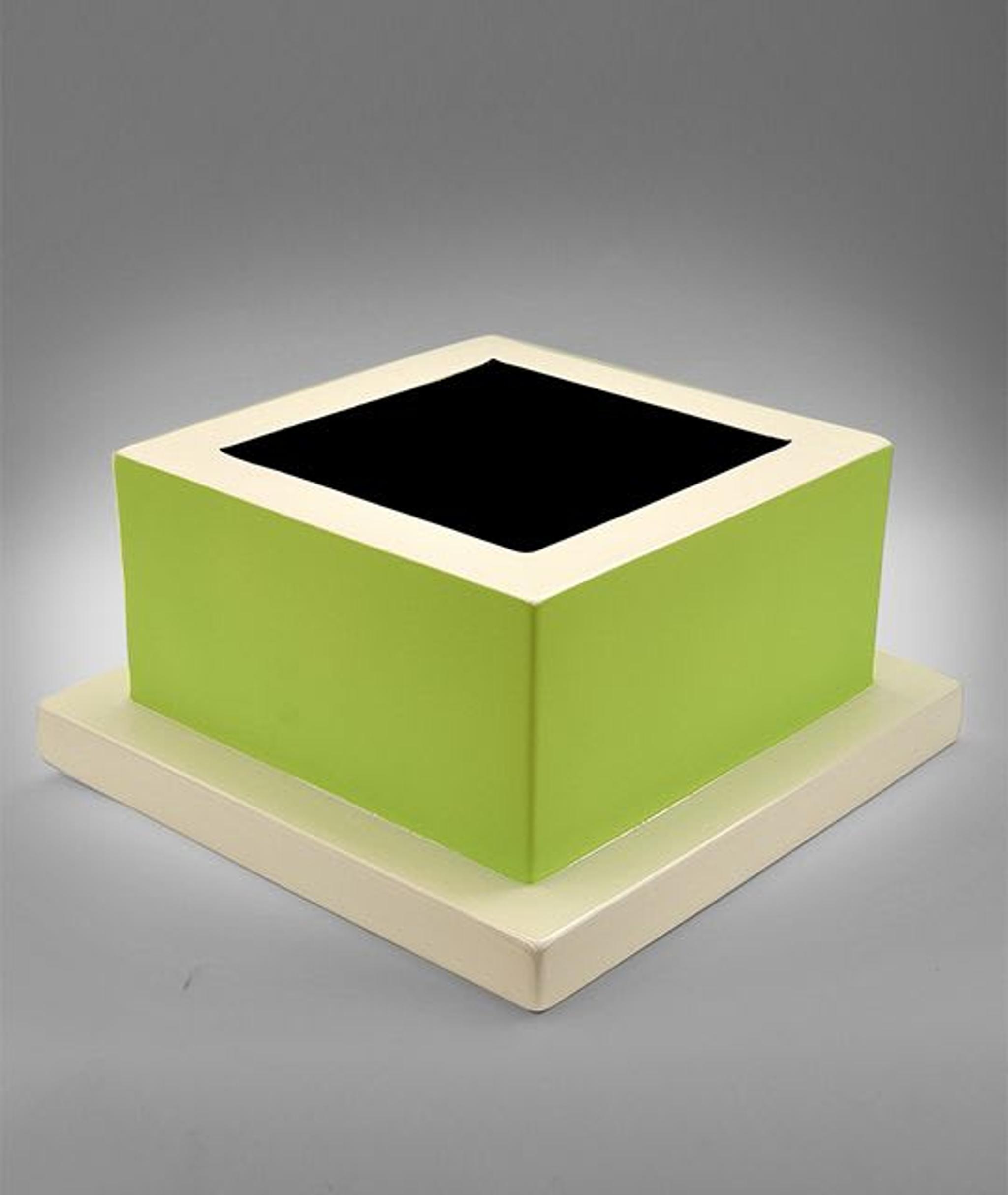


Glas Italia
2.015 EUR
Ships in 2-3 weeks

Memphis
6.180 EUR
Ships in 1-2 weeks

Bitossi Ceramiche
750 EUR
Ships in 1-2 weeks
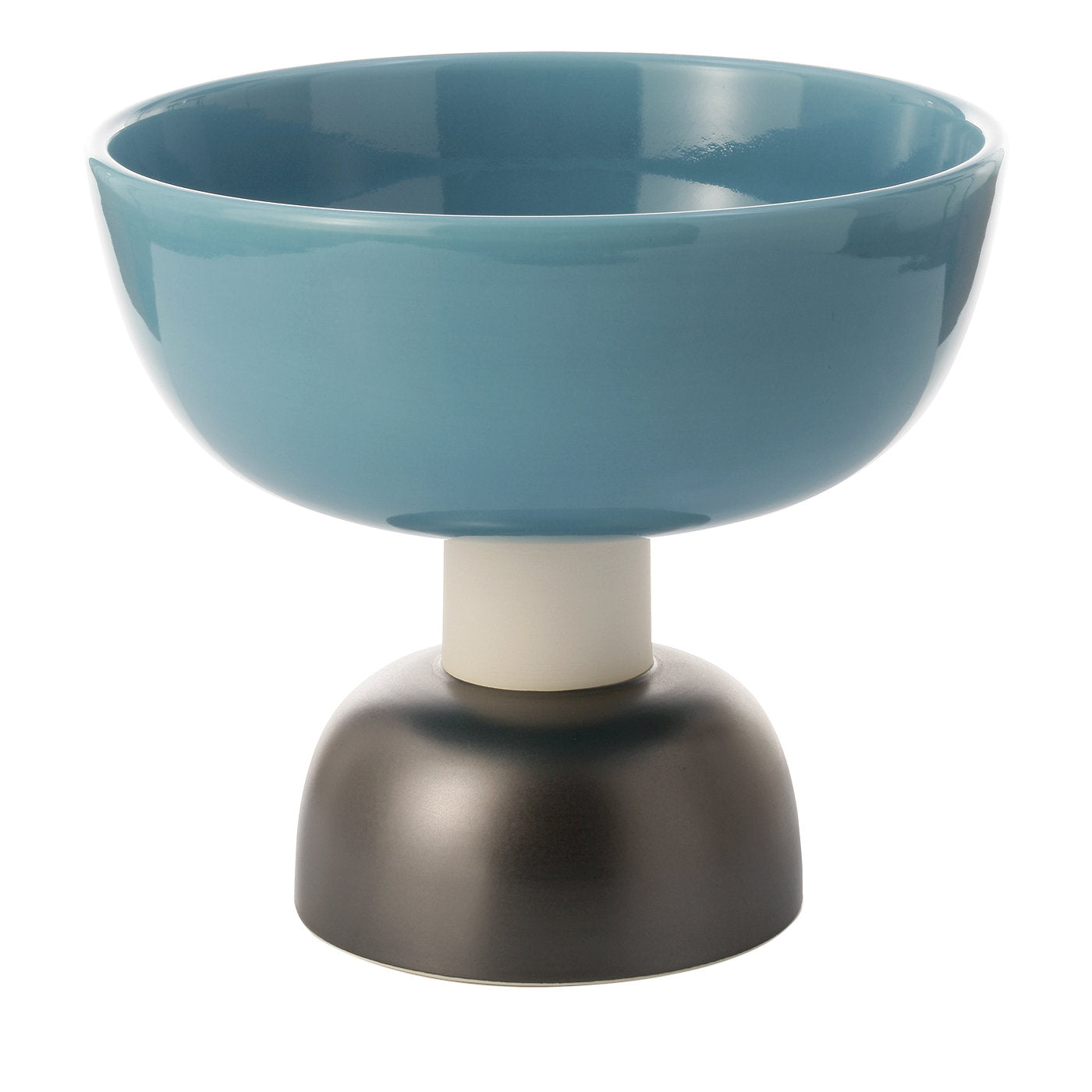
Bitossi Ceramiche
640 EUR
Ships in 1-2 weeks

Bitossi Ceramiche
990 EUR
Ships in 1-2 weeks

Memphis
6.180 EUR
Ships in 1-2 weeks

Arnolfo di Cambio
270 EUR
Ready to ship

Memphis
4.980 EUR
Ships in 1-2 weeks
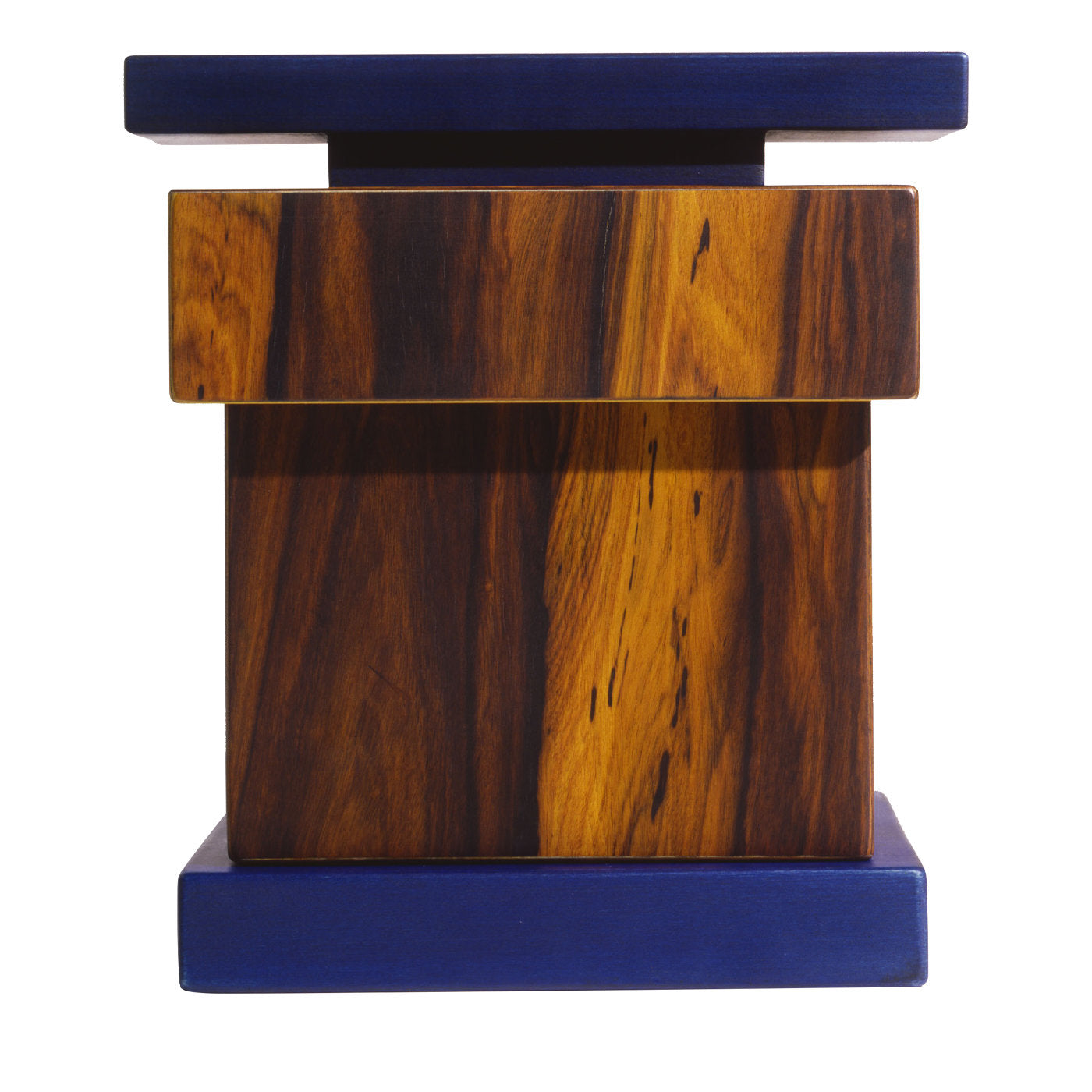
Serafino Zani
1.915 EUR
Ships in 2-3 weeks

Memphis
4.650 EUR
Ships in 13-14 weeks

Venini
4.035 EUR
Ships in 8-9 weeks
For Memphis Milano, Ettore Sottsass designed some of the brand’s most iconic pieces: his collection of totem vases in glass, such as the Anake Vase and the Alioth Vase are a stunning example of traditional craftsmanship that was replicated by many designers; the Carlton Room Divider, with linear shapes and color block decorations is now a sought-after piece by many design collectors; and the Casablanca Cabinet, the culmination of his experimentation with wood and plastic laminate and diagonal lines.
The Memphis group was active from 1981 to 1988, producing a vast number of limited-edition pieces that are still sold today and can be found in many international museums, as a recognition of the incredible impact they had on the design world.
When I was young, all we ever heard about was functionalism, functionalism, functionalism. It's not enough. Design should also be sensual and exciting.
After gaining international attention again with the Memphis experience, Ettore Sottsass established his private design consultancy firm named Sottsass Associati, giving him the opportunity to expand his work in architecture on a large scale collaborating for different industries worldwide and focusing on urban planning and strategy. The studio was co-founded with renowned members Aldo Cibic, Matteo Thun and Marco Zanini, still acclaimed today for their influential work, and became once again a springboard for younger generations.
While primarily an architectural practice, Sottsass Associati also ventured in store and showroom design, developing concepts for iconic brands such as Esprit and Fiorucci. Ettore Sottsass applied the same principles of out-of-the-box thinking to these works, culminating in the opportunity to design the interiors of the Milanese airport Malpensa in 1994.

Memphis
880 EUR
Ships in 1-2 weeks
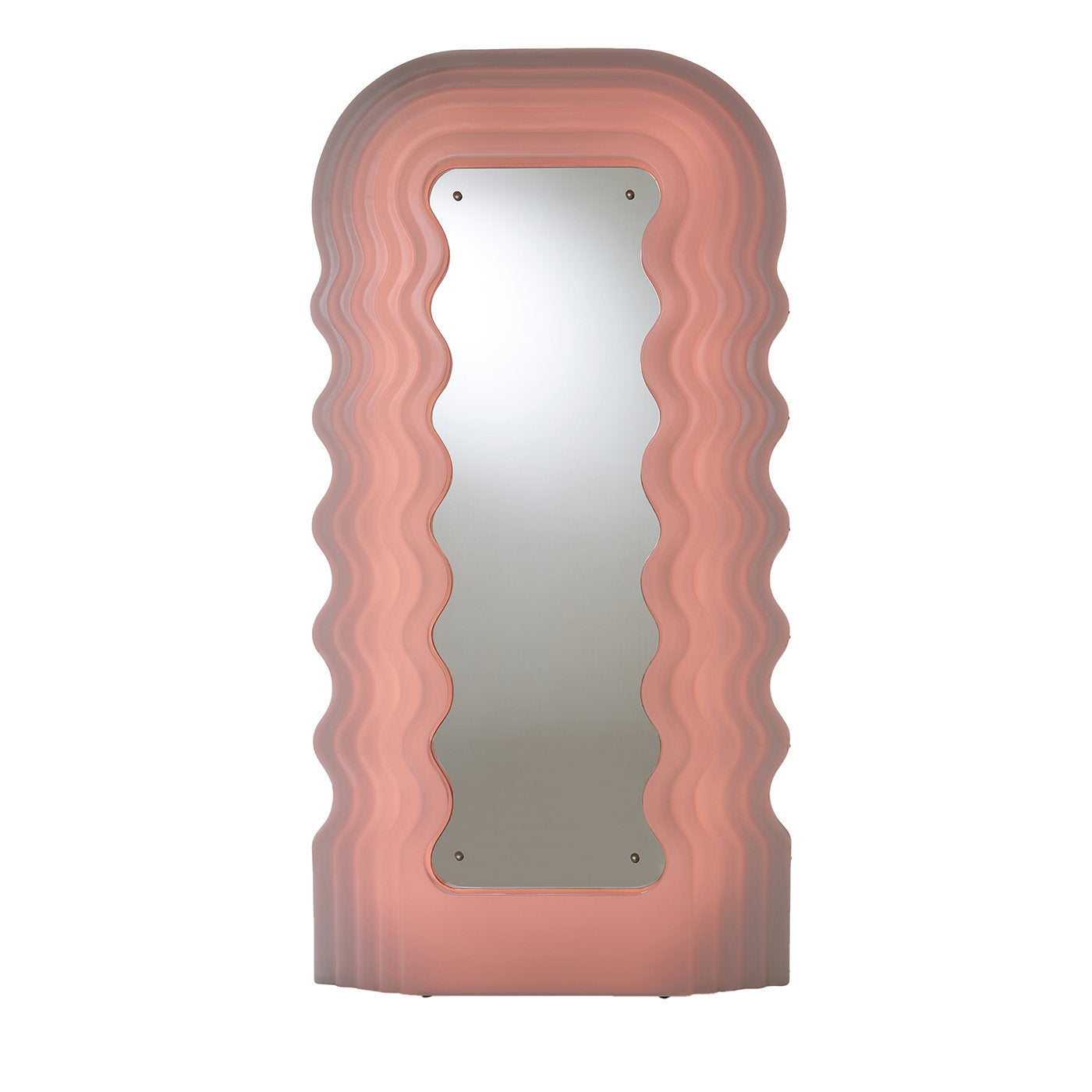
Poltronova
8.785 EUR
Ships in 6-7 weeks

Venini
6.655 EUR
Ships in 8-9 weeks

Venini
2.090 EUR
Ships in 8-9 weeks

Glas Italia
1.825 EUR
Ships in 2-3 weeks

Venini
2.200 EUR
Ships in 8-9 weeks

Memphis
5.750 EUR
Ships in 13-14 weeks

Braganti
6.000 EUR
Ships in 1 week

Venini
8.425 EUR
Ships in 8-9 weeks

Serafino Zani
1.265 EUR
Ships in 1 week

Serafino Zani
1.005 EUR
Ships in 1 week

Venini
14.150 EUR
Ships in 8-9 weeks

Memphis
4.790 EUR
Ships in 1-2 weeks

Venini
5.020 EUR
Ships in 8-9 weeks

Arnolfo di Cambio
270 EUR
Ships in 7-8 weeks
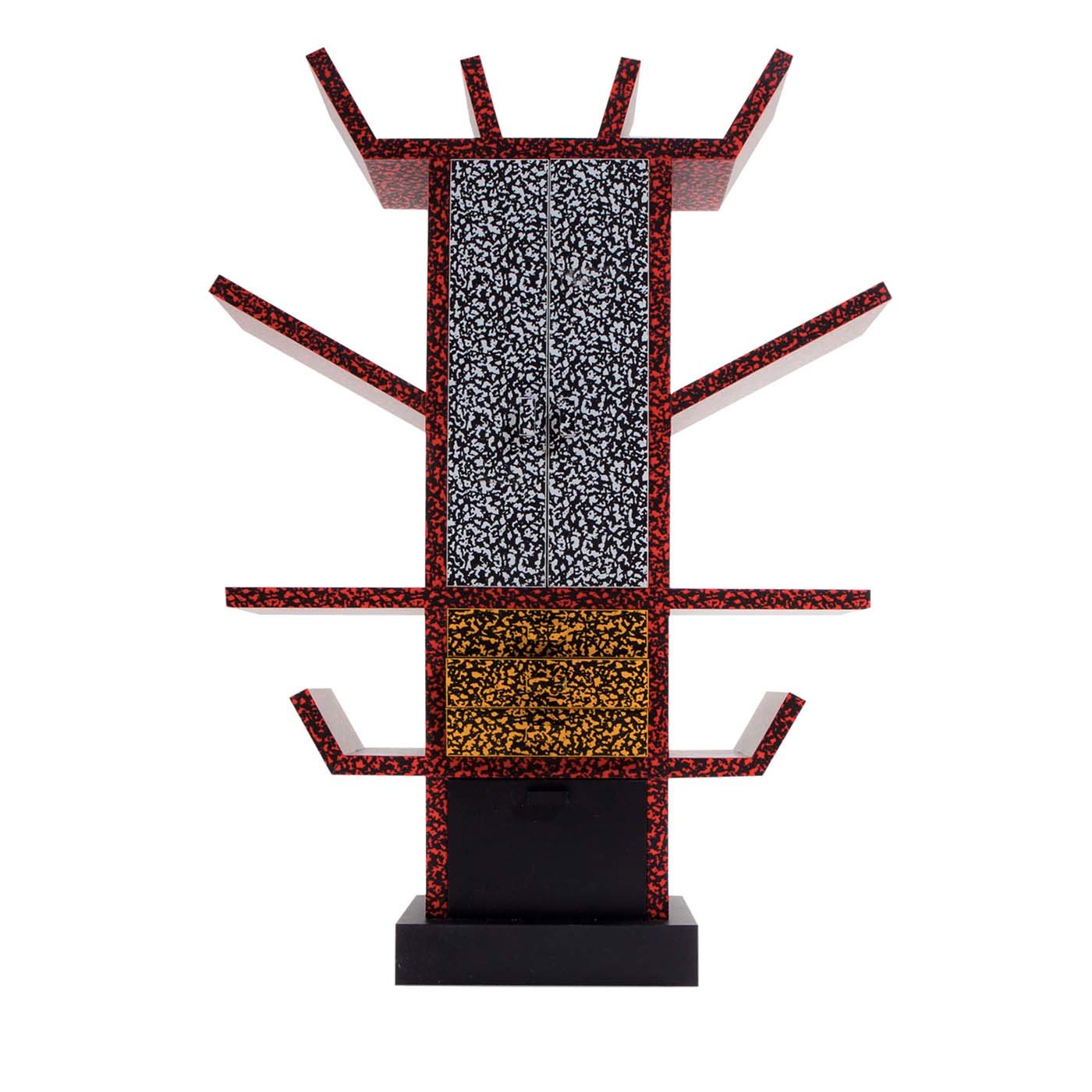
Memphis
15.500 EUR
Ships in 1-2 weeks

Memphis
1.490 EUR
Ships in 1-2 weeks

Memphis
1.930 EUR
Ships in 1-2 weeks
In the 1990s Sottsass returned to industrial design: furniture, glass, ceramics, jewelery and office machines. He collaborated with brands like Alessi, Brondi and Knoll International. Still, his dissatisfaction with Italian mass production was increasing, and thus decided to work with small art galleries while focusing on his activity as an architect.
His activity as a designer and architect continued until 2009, the year of his passing. Today, Sottsass’s work can be found in the permanent collections of international museums, such as the Metropolitan Museum of Art, the Centre Georges Pompidou and the Victoria & Albert Museum.
Design historians and critics have weighed in on the figure of Ettore Sottsass and the impact he has had on the modern field. Many iconic designers can be instantly recognized by some of their most important works and pieces, but with Sottsass what remains of his numerous life achievements is his approach to the discipline: long identified as the rebellious, disruptive designer, his constant dissatisfaction with industry standards and rules and the continuous rejection of trends and fashion, led to him pushing the boundaries of creative processes to the extreme.
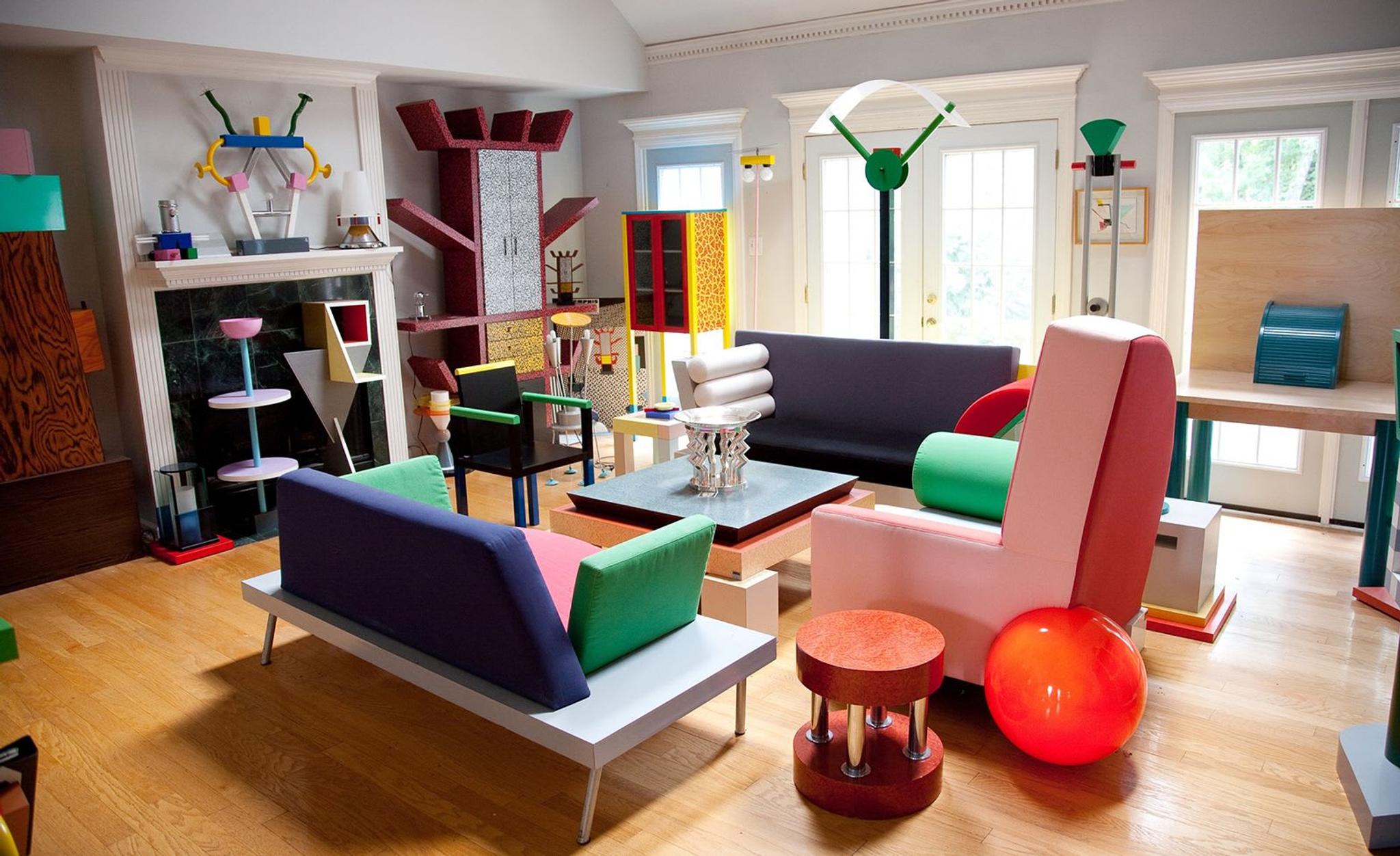

Memphis
5.280 EUR
Ships in 1-2 weeks

Memphis
990 EUR
Ships in 1-2 weeks

Memphis
4.890 EUR
Ships in 1-2 weeks

Memphis
3.780 EUR
Ships in 1-2 weeks

Memphis
1.530 EUR
Ships in 1-2 weeks

Memphis
2.290 EUR
Ships in 1-2 weeks

Glas Italia
3.795 EUR
Ships in 2-3 weeks

Memphis
3.390 EUR
Ships in 1-2 weeks

Alessio Sarri Ceramiche
440 EUR
Ships in 3-4 weeks

Alessio Sarri Ceramiche
1.710 EUR
Ships in 3-4 weeks

Alessio Sarri Ceramiche
1.710 EUR
Ships in 3-4 weeks

Alessio Sarri Ceramiche
1.710 EUR
Ships in 3-4 weeks

Alessio Sarri Ceramiche
1.710 EUR
Ships in 3-4 weeks

Alessio Sarri Ceramiche
440 EUR
Ships in 3-4 weeks

Alessio Sarri Ceramiche
1.710 EUR
Ships in 3-4 weeks

Alessio Sarri Ceramiche
1.710 EUR
Ships in 3-4 weeks

Bitossi Ceramiche
990 EUR
Ships in 1-2 weeks

Memphis
15.600 EUR
Ships in 1-2 weeks

Bitossi Ceramiche
450 EUR
Ships in 1-2 weeks

Memphis
2.450 EUR
Ships in 1-2 weeks

Venini
4.745 EUR
Ships in 8-9 weeks

Alessio Sarri Ceramiche
1.710 EUR
Ships in 3-4 weeks

Bitossi Ceramiche
655 EUR
Ships in 1-2 weeks